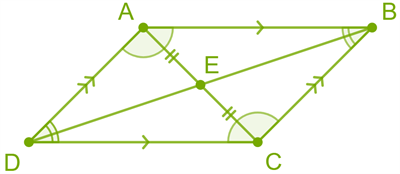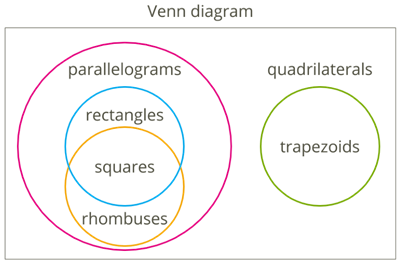
PUMPA - SMART LEARNING
எங்கள் ஆசிரியர்களுடன் 1-ஆன்-1 ஆலோசனை நேரத்தைப் பெறுங்கள். டாப்பர் ஆவதற்கு நாங்கள் பயிற்சி அளிப்போம்
Book Free DemoIntroduction:
A parallelogram is a special kind of quadrilateral in which both pairs of opposite sides are parallel.

The four basic properties of a parallelogram are:
- Opposite sides of a parallelogram are equal
- Opposite angles of a parallelogram are equal
- Diagonals divide the parallelogram into two congruent triangles
- Diagonals bisect each other
There are three special types of a parallelogram, they are:
- Rectangle
- Rhombus
- Square
The following figure explains the special types of a parallelogram.

Important things to know about parallelogram
Area of a parallelogram
The area is the base times the height.
area= b × h
(h is at right angles to b)
The Perimeter of a parallelogram
The perimeter is the distance around the edges.
The perimeter is 2 times the (base + side length):
Perimeter= 2(b+l)
Diagonals of a parallelogram
The diagonals of a parallelogram bisect each other.
In other words, the diagonals intersect each other at the half-way point.
In the next chapter, we will explore the properties of a parallelogram.
Interesting fact:
A parallelogram where all angles are right angles is a rectangle!
A parallelogram where all angles are right angles is a rectangle!